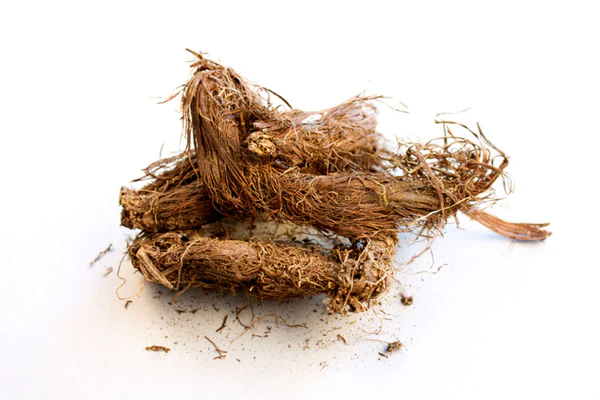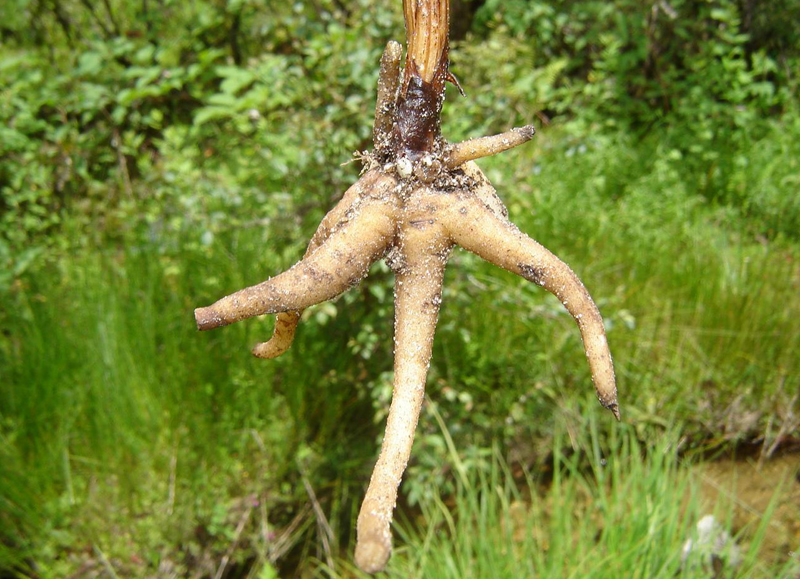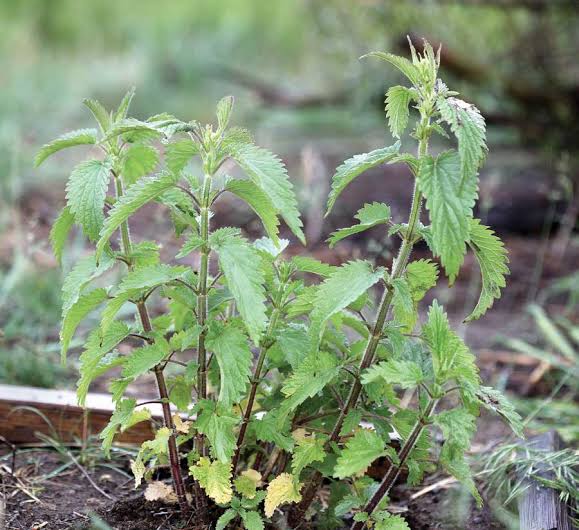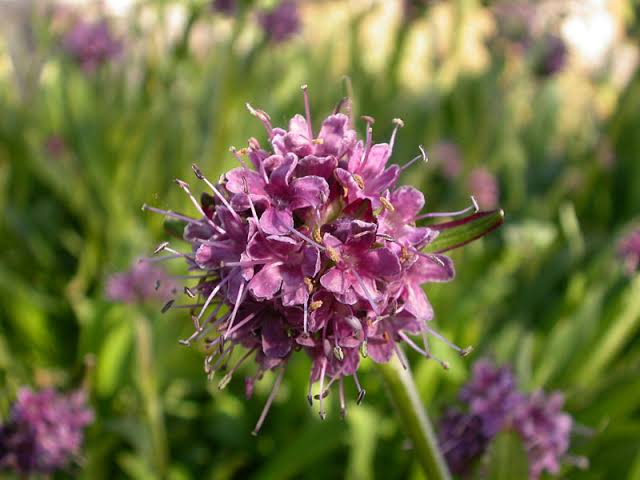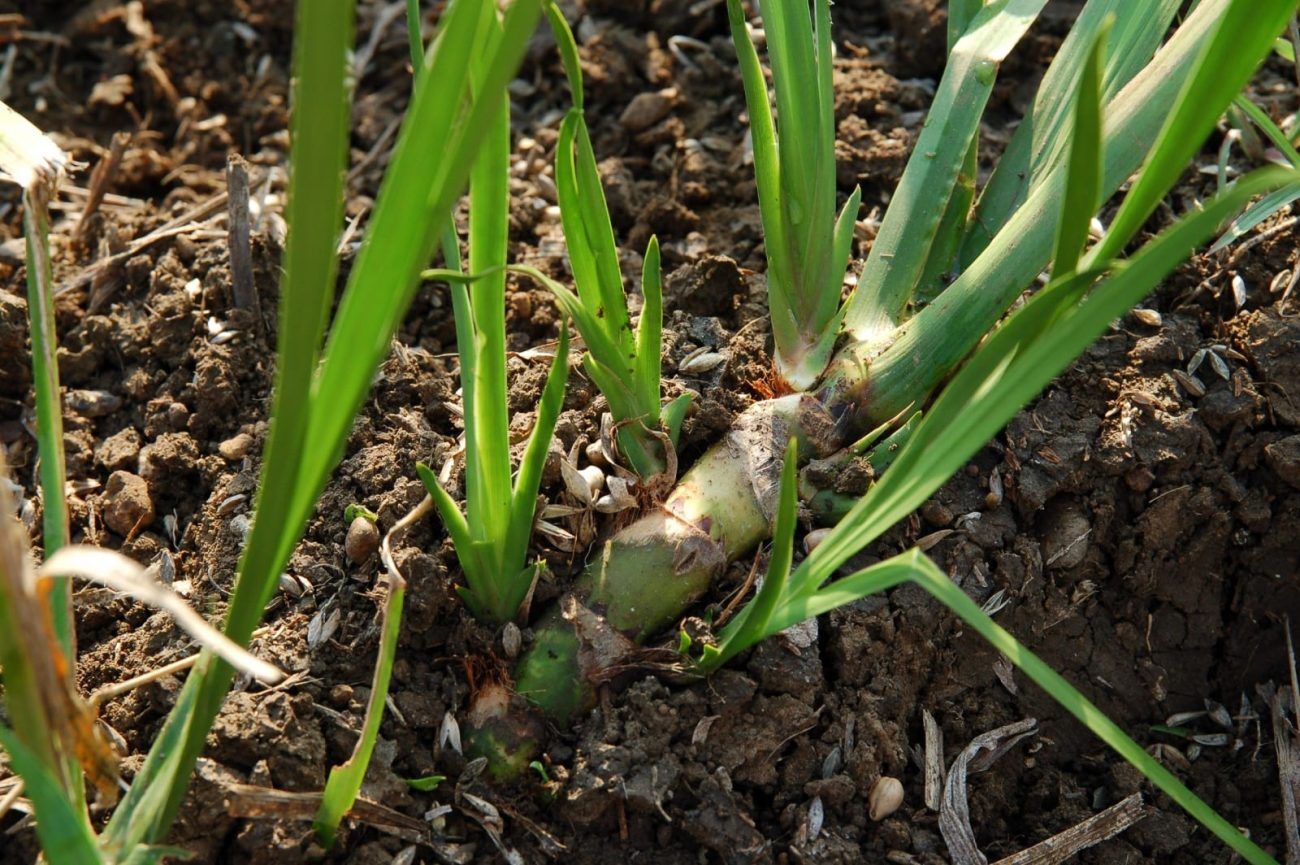Share this Article
Introduction
Deep within the Himalayan region of Nepal lies one of nature’s most revered medicinal plants Jatamansi (Nardostachys jatamansi), locally known as "spikenard." Used for centuries in Ayurvedic, Chinese, and Tibetan medicine, this rare herb is a cornerstone of Nepal’s traditional healing practices. Known for its calming aroma and wide-ranging therapeutic benefits, Jatamansi is gaining increasing recognition in both local and global markets as a powerful natural remedy.
Botanical and Ecological Profile
Jatamansi is a perennial herb that grows at altitudes between 3,000 and 5,000 meters above sea level, typically in the rocky and shaded terrains of the Himalayas. It thrives in regions like Dolpa, Jumla, Mustang, and Humla in Nepal. The plant grows up to 1 meter tall and is characterized by its pink, bell-shaped flowers and dense tufts of aromatic rhizomes (roots), which are the primary medicinal part.
Historical and Cultural Significance
In traditional Ayurvedic texts, Jatamansi is described as a sacred plant associated with longevity, spiritual balance, and mental clarity. It was used in rituals, as incense in temples, and as a sedative in religious ceremonies. In ancient times, it was also part of the herbal preparation used to embalm mummies in Egypt, highlighting its historical global reach.
Medicinal Uses and Benefits
1. Stress and Anxiety Relief
Jatamansi has powerful adaptogenic and anxiolytic properties. It helps in calming the nervous system, reducing anxiety, and promoting restful sleep. The essential oil extracted from its roots is often used in aromatherapy.
2. Cognitive Health and Memory Enhancement
It is a natural brain tonic, improving memory, mental clarity, and concentration. Traditional healers use it for managing mental fatigue and age-related cognitive decline.
3. Hair and Skin Care
Jatamansi oil is widely used in Ayurvedic cosmetics for promoting hair growth, preventing dandruff, and improving skin texture. It helps in balancing the scalp’s oil production and soothes inflammatory skin conditions.
4. Anti-inflammatory and Antiseptic Properties
The herb is rich in antioxidants and has antibacterial, antifungal, and anti-inflammatory effects. It is used to treat wounds, skin infections, and inflammatory conditions such as arthritis.
5. Digestive and Liver Health
Jatamansi supports healthy digestion, helps regulate bile production, and detoxifies the liver. It is commonly used to manage indigestion, gas, and related disorders.
Economic and Agricultural Importance in Nepal
Jatamansi is a high-value herb in Nepal’s medicinal and aromatic plant (MAP) sector. Farmers in Himalayan districts collect it both wild and through cultivation. Its essential oil is exported globally to be used in cosmetics, natural medicines, and perfumes.
However, due to overharvesting and habitat degradation, wild Jatamansi populations have declined. This has led the Government of Nepal and NGOs to promote sustainable harvesting, community forestry programs, and organic cultivation to preserve this valuable resource.
Challenges and Conservation Efforts
Jatamansi is listed as a vulnerable species under the Convention on International Trade in Endangered Species (CITES). Unsustainable harvesting, illegal trade, and habitat loss threaten its survival. Key conservation efforts include:
- Promoting community-based cultivation
- Training local harvesters in sustainable practices
- Establishing value chains that ensure fair prices for farmers
- Encouraging domestic processing and branding to increase local value addition
Organizations like the Herbal Research and Development Institute (HRDI) and Nepal Herbs and Herbal Products Association (NEHHPA) are actively working on Jatamansi conservation, research, and export promotion.
Future Potential and Global Demand
With the growing global interest in natural medicine and wellness, the demand for Jatamansi is expected to rise steadily. Nepal holds a strategic advantage due to its ideal climatic and ecological conditions for cultivating the herb. With proper regulation, research, and branding, Jatamansi can become a flagship product for Nepal’s herbal industry.
It also holds potential in the pharmaceutical, cosmeceutical, and nutraceutical sectors globally. Nepali entrepreneurs can tap into this potential by investing in certified organic farming, essential oil extraction, and online marketing of value-added Jatamansi products.
Conclusion
Jatamansi is more than just a medicinal herb—it is a cultural, economic, and ecological treasure of the Himalayan region. With its deep roots in traditional healing and growing relevance in modern health and wellness, Jatamansi symbolizes Nepal’s rich heritage of natural medicine. Protecting, cultivating, and promoting this wonder herb can pave the way for sustainable livelihoods, biodiversity conservation, and a thriving herbal economy in Nepal.
Categories:
Medicinal Plants of Nepal
Tags:
JatamansiNepal
,
HimalayanHerbs
,
NepaliAyurveda
,
MedicinalPlantsNepal
,
TraditionalHealingNepal

